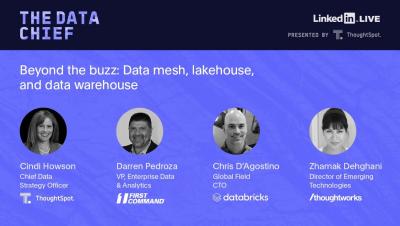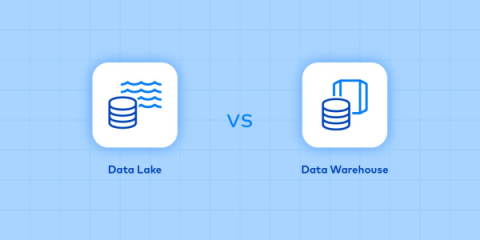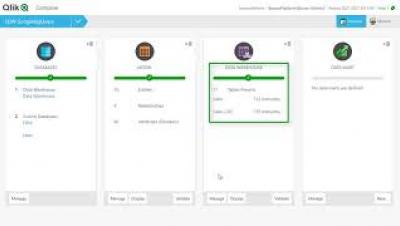The Data Chief Live: Beyond the Buzz in Data Mesh, Lakehouse, Data Warehouse
Join The Data Chief Live on October 7 to go beyond the buzz on all things data mesh, lakehouse, and data warehouse. Gain clarity on what is hype, what is real, and how others are delivering business value faster with modern data platforms and processes. You'll hear live from Darren Pedroza, VP Enterprise Data and Analytics, First Command Financial Services, Inc., Zhamak Dehghani, Director of Emerging Technologies at Thoughtworks & author of The Data Mesh, Chris D'Agostino, Global Field CTO Databricks & me.






